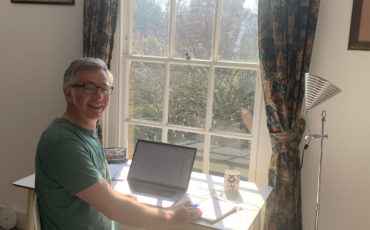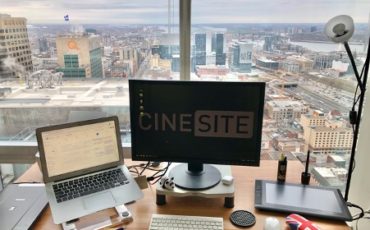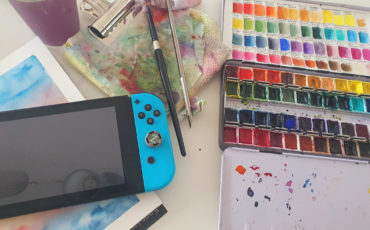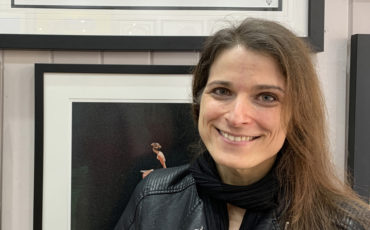
CTO Michele Sciolette on Our Changing Set-up and The Future Implications of Adapting to COVID-19
Cinesite CTO Michele Sciolette discusses our changing set-up and the future implications of adapting to COVID-19. Answers supplied to Adrian Pennington for his Creative Planet article, “Has Remote Production Changed Production… Forever?”
How have attitudes among the Hollywood and/or UK production community changed permanently as a result of enforced remote production?
The one aspect that I believe will be a permanent and critical change is the clear understanding that remote VFX and feature animation production is possible.
For a lot of people in the industry this was not an obvious assumption, but today we know, with direct first-hand experience, that remote production is possible while maintaining a high level of productivity.
Undoubtedly there are still parts of the workflow that would be easier if we could gather in the same room and directly access the facilities we have in our office, but generally speaking we now have proof that VFX and feature animation production can be done remotely and can clearly see that a hybrid model where some aspects of production continue to be office-based while others are done remotely would have a lot of advantages. More specifically, this would allow us to address the limitations we face with the current ‘all remote’ setup while giving us the flexibility to scale up our teams beyond the constraints of our physical office space as well as providing more flexibility to our team members and reducing our carbon footprint.
Has the experience underscored the practicality of remote, cloud infrastructure and the advantages of doing so?
It has been truly incredible to see how studios fully invested in an on-premise infrastructure and fully local workforce, have been able to transition to a fully remote workforce in a matter of 2-3 weeks.
I think that the advantages of a cloud-based infrastructure will become more relevant in the future if we will have the flexibility to adopt a hybrid model where we can complement our local core team with additional team members working remotely. In this case, a more dynamic cloud-based infrastructure would give us the flexibility to scale up for short time in order to meet peaks in our workload.
What are the perceived benefits of doing more of a production remotely? What actual elements of a production (pre-viz, vfx, editing etc etc) might be done more remotely in future on a more permanent basis?
Our approach to remote work is based on remotely accessing our workstations that are still located in our office. It is clear that although this solution is working well for most people, the general experience will not be better than being in the office. Based on this setup, the tasks that are more technical and are less dependent on very fast interactions are generally working better than others. Surprisingly, a few people are reporting that it is somehow easier to communicate in certain cases. The fact that we are all working remotely and always available for video calls has evened out any geographical differences between our studios. Putting aside time zone differences, meeting someone who works in another continent is now as easy as meeting one of our local colleagues. Even for quick unexpected meetings that would have normally required room bookings in multiple studios etc. Some members, particularly from our support teams, clearly suggest that the lack of frequent interruptions is making them more productive.
In more broad terms, the key advantages I see in the future with remote work lie in having the flexibility to scale up our teams beyond the capacity of our studios or outside of the cities we operate in.
If data security were solved to everyone’s confidence: could VFX shots be completed remotely or is there something about collaborating on a project as a team in one location that inspires creativity in ways that can’t be simulated on Zoom?
We have proved that we can complete shots remotely. Clearly collaboration in the same space is a very different experience and can be more inspiring but it has been remarkable to see how quickly our teams have adapted to a new way of working. Again, I believe that the winning formula in the future will come from having the flexibility to take the best of both worlds: meet in person when needed or more effective, while having the flexibility to be remote when necessary or convenient.
Perhaps the changes post-Covid in the mid to long term won’t be as radical as we think. Perhaps there will only be an incremental shift to cloud and remote working – or will post-Covid mid to long-term genuinely have accelerated a decentralised production workforce?
I hope that this global experiment we are all running will prove to be a real turning point and become an enabler for a broader and long-term adoption of remote work in our and other industries. We now know it is possible. We need an industry wide effort to standardise on what is a long-term acceptable setup from a security standpoint. Armed with that and what we have learnt so far, each studio will be able to refine its workflow to address the weak aspects we have seen in the last few weeks and find the perfect balance between office-based and remote work.




